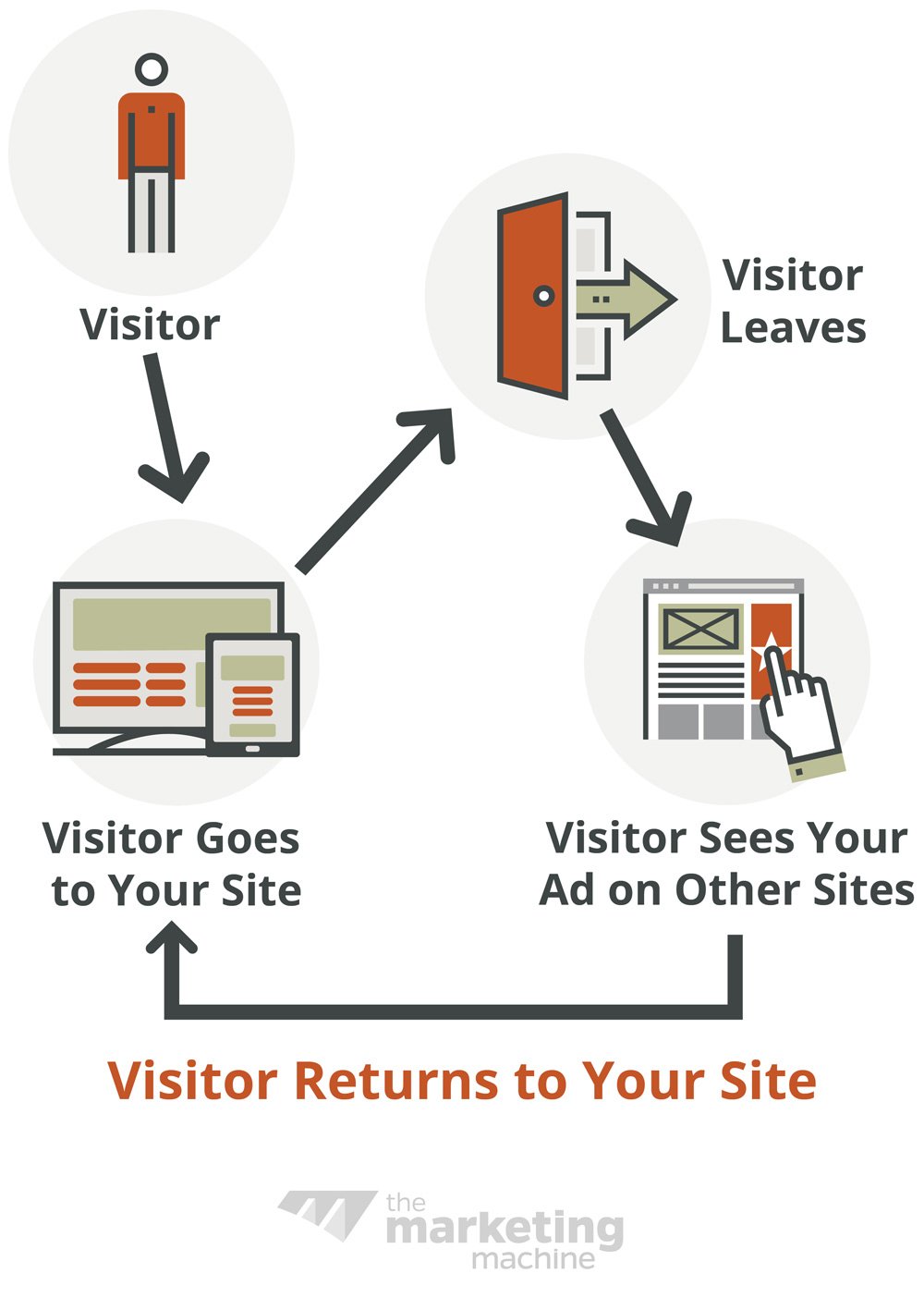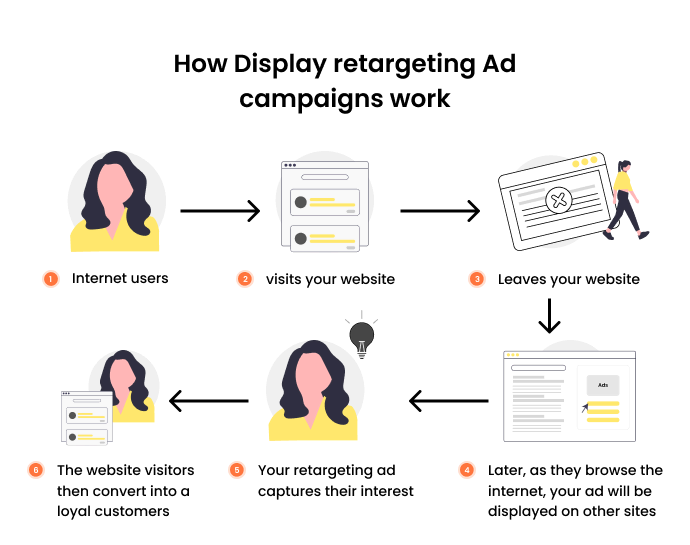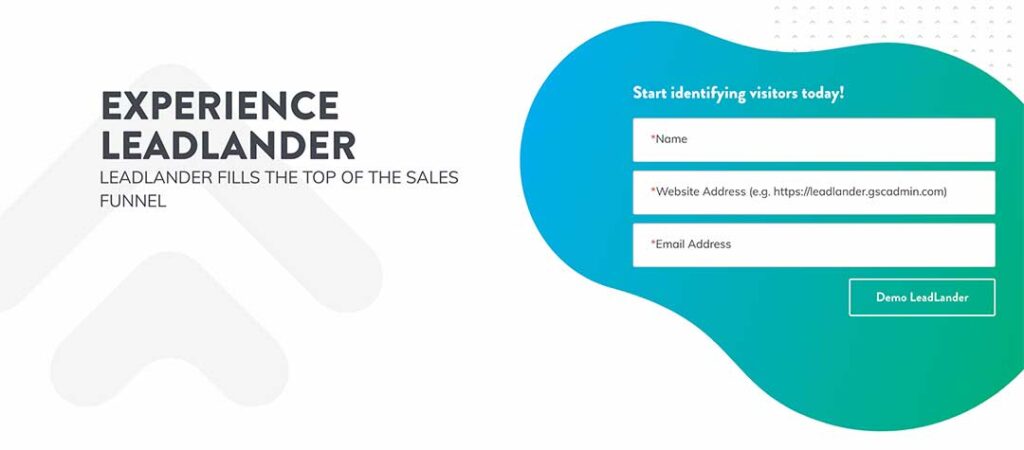Have you ever wondered why the majority of your website visitors leave without taking action? You’re not alone! Studies show that up to 98% of first-time visitors won’t convert. But what if you could re-engage them and transform those missed opportunities into leads? This comprehensive guide will show you how to retarget website visitors as leads using proven strategies, smart technologies, and a step-by-step process. By the end, you’ll know exactly how to capture more value from your website traffic and unlock higher ROI for your business.
What is Retargeting for Website Visitors as Leads?
Retargeting is a digital marketing tactic that allows you to reconnect with people who have previously interacted with your website but haven’t yet converted to leads. By leveraging cookies, pixels, or advanced tracking tools, you can display highly relevant ads or personalized content when these visitors browse other websites, use social media, or even check their email. The main objective? To gently nudge these potential leads back to your site and encourage them to take your desired action—such as signing up, requesting a demo, or making a purchase.

Unlike standard advertising, retargeting is precise. It focuses only on those who’ve already shown interest in your brand. Modern platforms like Google Ads, Facebook, and LinkedIn make it easy to set up dynamic retargeting to specific visitor audiences—improving lead generation and conversion rates exponentially.
Why Retarget Website Visitors as Leads? Benefits You Can’t Ignore
Turning website visitors into leads through retargeting offers several compelling benefits. Here’s why top marketers swear by this tactic:
- Massive Conversion Uplift: Retargeted ads are seen by people already familiar with your brand, making them 70% more likely to convert.
- Better ROI: Retargeting often delivers a lower cost per lead compared to cold campaigns, thanks to increased relevance and recall.
- Brand Recall and Trust: Consistent brand presence across channels builds top-of-mind awareness, shortening the sales cycle.
- Funnel Efficiency: Move prospects through your sales funnel faster by addressing their unique needs and objections at every stage.
- Hyper-Personalization: Serve dynamic content or offers based on each visitor’s browsing behavior, boosting lead quality.
- Competitive Edge: Stay front and center, outshining competitors vying for your visitors’ attention.

Ultimately, when you master how to retarget website visitors as leads, you’ll not only recover lost sales opportunities but also maximize the impact of every dollar you invest in digital marketing.
Real-World Examples and Use Cases for Retargeting Website Visitors
Retargeting can be tailored for every stage of the buyer’s journey and every industry. Let’s explore some use cases:
1. B2B Lead Generation
A SaaS company identifies website visitors who land on their pricing or feature pages but don’t fill out the contact form. Using LinkedIn and Google Display retargeting, they show demo invitation ads tailored to these high-intent visitors. Result? A steady stream of qualified leads for their sales team.
2. E-Commerce Abandoned Cart Recovery
An online retailer automatically retargets shoppers who added products to cart but didn’t check out. They send personalized emails and dynamic ads reminding users to complete their purchase with a special offer.

This approach can recover up to 25% of otherwise lost carts—turning browsing visitors into valuable leads and customers.
3. Content Marketing Follow-ups
A B2B blog identifies content readers who don’t subscribe. They create retargeted ads on Facebook and Instagram offering a downloadable guide in exchange for an email address. This method turns passive visitors into engaged leads with minimal additional spend.

The Step-by-Step Process: How to Retarget Website Visitors as Leads
Ready to put retargeting into action? Here’s how to retarget website visitors as leads in a structured, repeatable process:
Step 1: Define Your Retargeting Goals
Start by clarifying what you want from retargeting: more newsletter signups, demo requests, whitepaper downloads, or product purchases? Each audience may need a unique approach.
Step 2: Segment Your Website Visitors
Don’t treat all visitors the same. Use analytics and tracking pixels (e.g., from Google, Facebook, LinkedIn) to segment by behavior. For example, group visitors by:
- Product pages viewed
- Time spent on site
- Cart abandonment
- Lead magnet engagement
Advanced tools like Leadfeeder and ZoomInfo can also help you identify anonymous B2B website visitors by company name!

Step 3: Set Up Retargeting Infrastructure
Install retargeting pixels or tags from all platforms you plan to use (Google, Facebook, LinkedIn, etc.) on your website. This allows you to build custom audiences for future campaigns automatically.
Step 4: Craft Hyper-Personalized Offers and Creatives
Don’t just show generic ads—match your creative and message with the visitor’s intent and stage in your funnel. For example:
- For blog readers: “Liked this post? Download our full guide!”
- For product viewers: “Still interested in [Product]? Try our free demo.”
- For abandoned carts: “Your items are still waiting! Complete your purchase now for 10% off.”

Step 5: Choose Your Channels Strategically
Retargeting isn’t limited to one network. The best results come from omnichannel campaigns:
- Display ads (Google Display Network, programmatic platforms)
- Social (Facebook, Instagram, LinkedIn, Twitter/X)
- Email retargeting for known contacts
- Native and video ads
Test various combinations to find what resonates with your unique audience.
Step 6: Optimize and Iterate
Monitor KPIs like click-through rate (CTR), conversion rate, cost per lead, and frequency. Use A/B testing to refine your creatives, audience segments, offers, and landing pages. Retargeting isn’t “set it and forget it”—continuous improvement delivers the best results.

In summary, how to retarget website visitors as leads can be broken down into strategic audience segmentation, relevant messaging, smart channel selection, and relentless optimization.
Challenges, Myths & Common Objections Around Retargeting
While retargeting is a powerhouse for lead generation, it’s not without its hurdles. Here are common challenges and myths—plus how to overcome them:
- “Retargeting is creepy!” — Not if it’s done respectfully with frequency caps and privacy controls. Personalize value, not just presence.
- Ad fatigue — Too many impressions can annoy visitors. Limit frequency and freshen up your creatives regularly.
- Wasting budget on the wrong users — Poor segmentation can dilute results. Rely on clear intent signals to target only high-potential leads.
- Confusing attribution — Retargeted conversions are sometimes undervalued in analytics. Use multi-touch attribution models to see the real ROI.
- Privacy regulations (GDPR, CCPA) — Get consent and be transparent about your tracking practices. Platforms now offer privacy-safe retargeting options.
- “Retargeting is only for e-commerce” — False. B2B and SaaS see huge gains with proper retargeting for lead nurturing and demo requests.

Addressing these challenges up front ensures you’ll maximize engagement rather than burn out your audience.
Frequently Asked Questions – How to Retarget Website Visitors as Leads
1. What is website retargeting?
Website retargeting is a technique that lets you show personalized ads or content to users who’ve previously visited your site. By tracking user behavior via cookies or pixels, you can encourage these visitors to return and become leads.
2. How do I segment website visitors for retargeting?
Segment users by their on-site actions, such as pages viewed, time spent, cart abandonment, or lead magnet engagement. Use Google Analytics or tools like Leadfeeder for advanced segmentation based on company or industry.
3. Which platforms are best for retargeting website visitors?
Popular platforms include Google Ads (Display), Facebook Ads, LinkedIn, Twitter (X), and programmatic ad networks. Email retargeting and dynamic ad platforms can also work well.
4. How long should I retarget a visitor after they leave my website?
A common retargeting window is 7-30 days, but it may vary depending on your sales cycle. Frequency capping prevents overexposure, which can annoy visitors.
5. Can I use retargeting for B2B lead generation?
Absolutely. B2B companies leverage retargeting to nurture leads with demo invites, educational resources, or event reminders, especially on LinkedIn and Google.
6. Do I need a large website audience for retargeting to work?
Not necessarily. Even with moderate traffic, retargeting can boost conversions by engaging high-intent segments. However, platforms often have minimum audience thresholds (e.g., 100 active users).
7. How do I measure the success of my retargeting campaigns?
Track metrics like click-through rate (CTR), cost per lead, conversion rate, and return on ad spend (ROAS). Attribution models help reveal the true impact of retargeting on your sales funnel.
8. Is retargeting costly?
Retargeting is cost-effective because it targets a smaller, more engaged audience. With the right segmentation and creative optimization, your cost per lead will often be lower than generic campaigns.
9. What are some best practices for retargeting website visitors as leads?
Use tight audience segmentation, fresh creatives, clear calls-to-action, and multiple channels. Limit ad frequency and always A/B test messaging to drive better performance.
10. Are there privacy or legal concerns with retargeting?
Yes. Ensure GDPR/CCPA compliance by obtaining user consent for cookie tracking and being transparent about your retargeting practices. Use privacy-safe audience building tools when available.
Conclusion: Turn Every Website Visitor Into a Quality Lead
Remember, every website visitor is a potential lead. With how to retarget website visitors as leads, you have the blueprint to bring them back, earn their trust, and move them through your funnel with surgical precision. From segmentation and pixel setup to creative personalization and ongoing optimization—retargeting turns passive web traffic into tangible business results.
Ready to stop leaving money on the table? Start implementing these strategies today and transform your website visitors into high-converting leads. Retargeting isn’t just an option—it’s your unfair advantage in the digital age.
